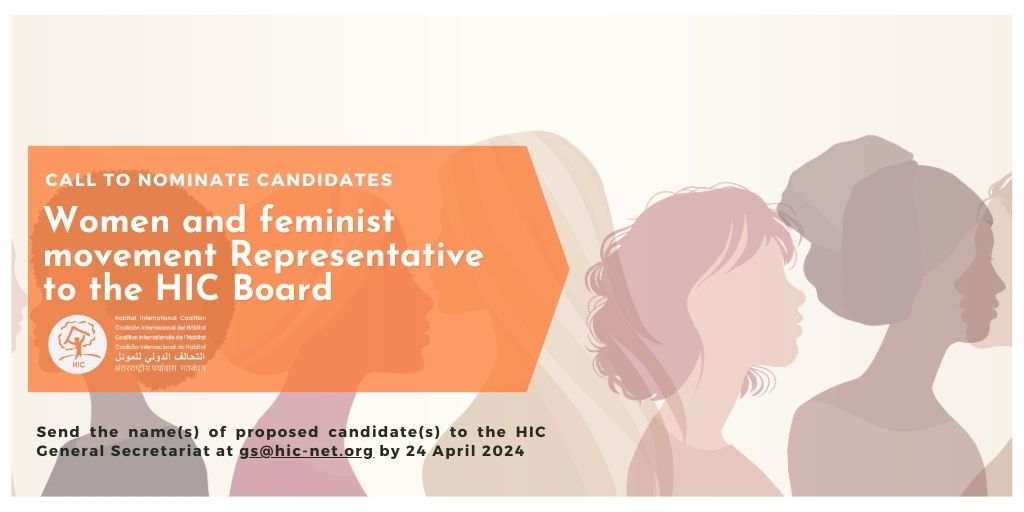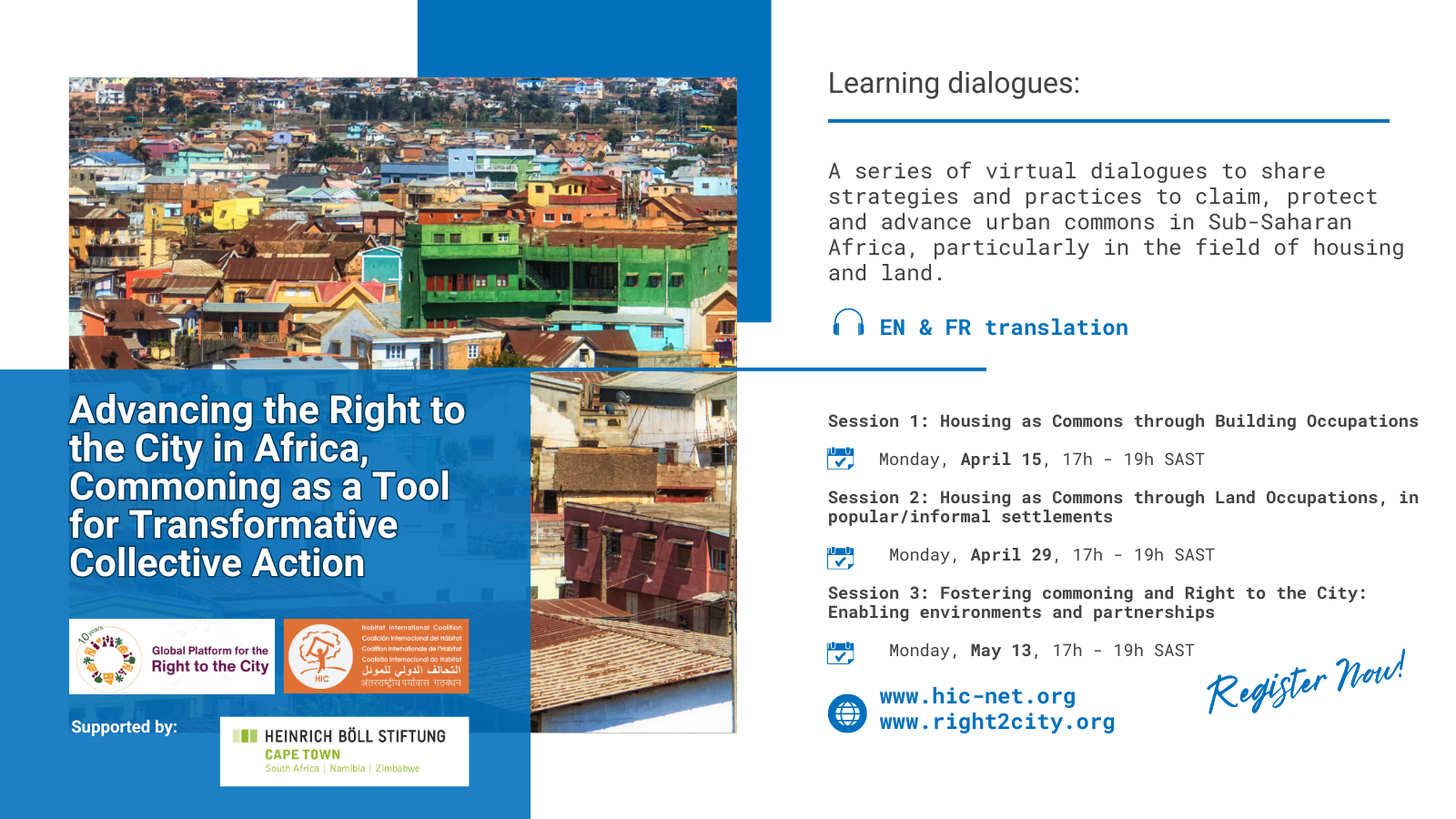The
streets and public areas in which people come together are the lifeblood of
cities. Unlike parks, traffic and buildings, however, the life between these
spaces does not fall under a specific municipal, state or federal
jurisdiction—and it shows. By putting people—their behaviour and activity—at
the centre of design and planning processes, cities can promote social
interaction and public engagement,argues Jeff Risom, partner and managing director at
urban research and design consultancy, Gehl Studio.
Theworld’s best cities invite
people from all walks of life to meet and spend time together, find peaceful
respite, or enjoy being “alone together”. These cities offer a
variety of mobility options, especially for walking and cycling, which allow
citizens spontaneously to socialise with an acquaintance or visit a shop. Yet
in most cities, streets in particular are a vastly undervalued public asset.
Comprising typically between 20-30% of a city’s land area, streets could be
doing more than just allowing people and objects to move from A to B.
Melbourne tops The Economist
Intelligence Unit’s Global Liveability Ranking, while the Quality of Life survey published by Monocle puts Copenhagen in first place.
Despite being at opposite ends of the planet, these cities share some
significant traits. Both municipalities have Departments of Urban Life,
assessing the vitality of public life based on people-centred metrics such as pedestrian flow, time spent lingering in an
area, and use of streets and spaces after dark. Both cities measure the
vitality of public life as much as they measure vehicular traffic, congestion
and economic growth.
Copenhagen has committed by 2015 to
increase pedestrian traffic and the time spent in public spaces by 20% compared
with 2010 figures, and to raise the share of citizens satisfied with the city’s
public space to 80%. All cities and politicians are in principle committed to
the quality of public life, but that commitment does not always translate into
measures and targets.
While vibrant urban planning should
have a positive impact on liveability, not every city is Copenhagen, nor is
there a silver bullet to improve social interaction in cities. Urban planners
need to ask themselves who it is they are targeting; indeed, municipal
investments may benefit some socio-economic groups more than others. For
example, lower-income groups might get pushed out of a neighbourhood by virtue
of well-meaning infrastructure improvements that lead to gentrification, and
other developments such as allocating public space for outdoor restaurant
seating are more likely to benefit middle- or high-income groups.
There is little knowledge about the
impact of design on trends like gentrification, lack of investment, or civic
engagement. Yet advocacy groups and academics are starting to make inroads in
this field. Raj Chetty, Bloomberg professor of economics at Harvard University,
has shown that when cities mix housing tenure types, lower-income groups are
more likely to move up the income ladder, while higher-income groups develop a
better awareness of other socio-economic groups. The Knight Foundation is
initiating several projectsto understand better the relationship
between urban design and social interaction at city level.
Can design alone promote social
interaction? No, but it can have a big impact in unexpected places.
*
To read this article from its original source, please click here.


